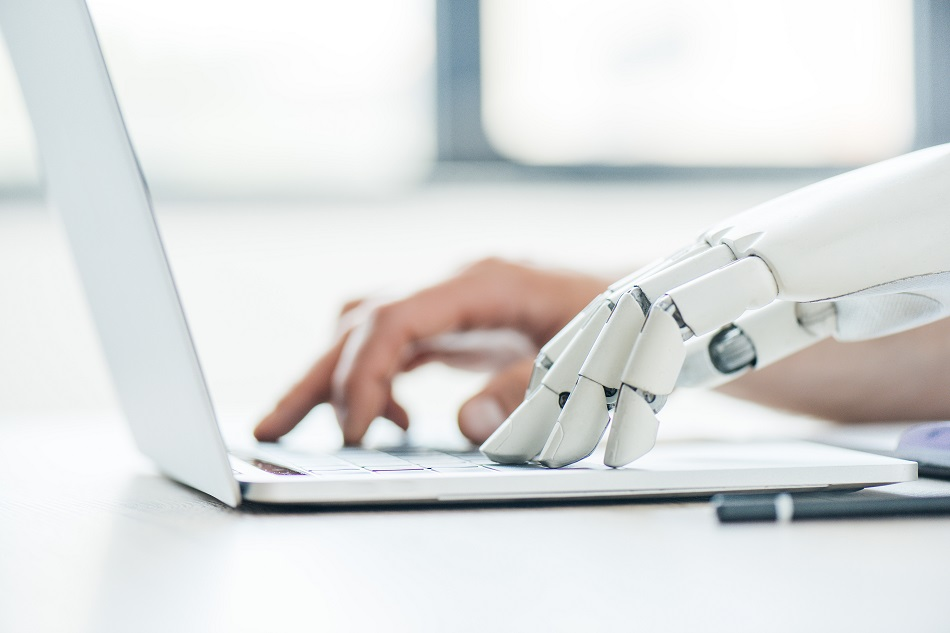
Image Credit: LightField Studios/Shutterstock.com
In 2017, research was published that had devised a method that allows robots to reliably read signs of fatigue in human beings to adapt their behavior whilst conducting human-robot co-manipulation tasks.
The Rise of Hybrid Decision-Making
For decades there has been a fear of the takeover of artificial intelligence (AI), leaving humans redundant, with robotics replacing humans in jobs in all sectors. However, experts believe a more realistic view of the future is one where humans and robots work alongside each other, where the best of both systems, of AI and the human brain, are harnessed through collaborative working. This development is known as hybrid decision-making and it is predicted to yield better results than either robotics or humans working alone. Therefore, much research has been underway in recent years with the aim of developing systems that support robots and humans working together.
Fatigue Analysis to Improve Collaborative Working
The team of scientists based in Italy developed a system that allows humans and robots to work together in a way that supports joint work on tasks that take a long time to complete. The system that the Italian team established was based on the dynamical movement primitives, locally weighted regression and adaptive frequency oscillators.
In a collaborative task, the robot begins by copying the human’s actions, using feedback to imitate human motor behavior. The robot simultaneously develops the motor skills required for the task.
The researchers programmed the robots to detect signs of fatigue in the human worker and set a predetermined level of fatigue to trigger a switch in robot behavior. To register human fatigue the robot monitors muscle activity using electromyography which delivers data to the robot reporting on reliable markers of fatigue.
Once the human is recognized as being tired, the robot uses the skills it learned from the human to take over the physically demanding part of the task, allowing the human to rest. Rather than conducting the strenuous part of the job, the human instead supervises the high-level interaction behavior, as well as collaborating with the robot on parts of the task that require both of them to complete.
This allows work to continue at a steady pace, even when the human worker becomes fatigued. The idea is that production could benefit from combining the advantages of a human and a robot workforce.
The system that the team developed was successful in real-world co-manipulation tasks, where the situation was impacted by both environmental constraints and dynamic uncertainties.
The Impact of Fatigue Analysis
What the Italian team achieved was a reliable system that supports collaboration between robots and humans. This kind of work is expected to have a significant impact on industry and the economy. It also reduces the fear around the adoption of robotics, demonstrating that collaboration, not replacement, is key. Industries benefit from this kind of work by reducing the physical strain on humans, supporting efficient production management, and allowing for different kinds of jobs to be conducted with ease and speed.
It also allows companies to become more competitive, as well as opening the door to new potential business models focused on providing new goods and services. It also facilitates increased efficiency and flexibility. Experts in economic processes believe that the increased productivity that collaborative work could bring would even improve the Gross Domestic Product of the country.
Sources and Further Reading
Disclaimer: The views expressed here are those of the author expressed in their private capacity and do not necessarily represent the views of AZoM.com Limited T/A AZoNetwork the owner and operator of this website. This disclaimer forms part of the Terms and conditions of use of this website.